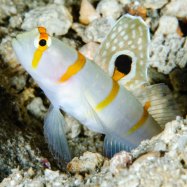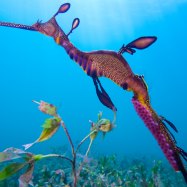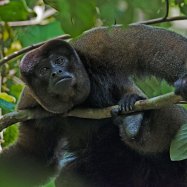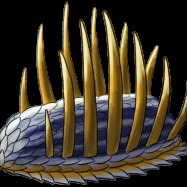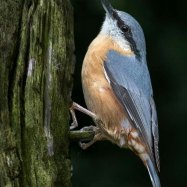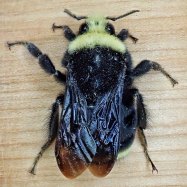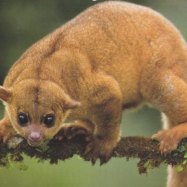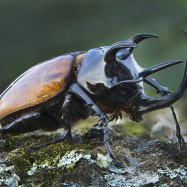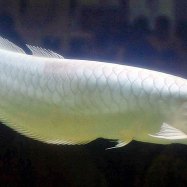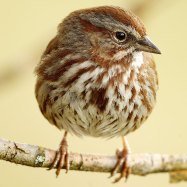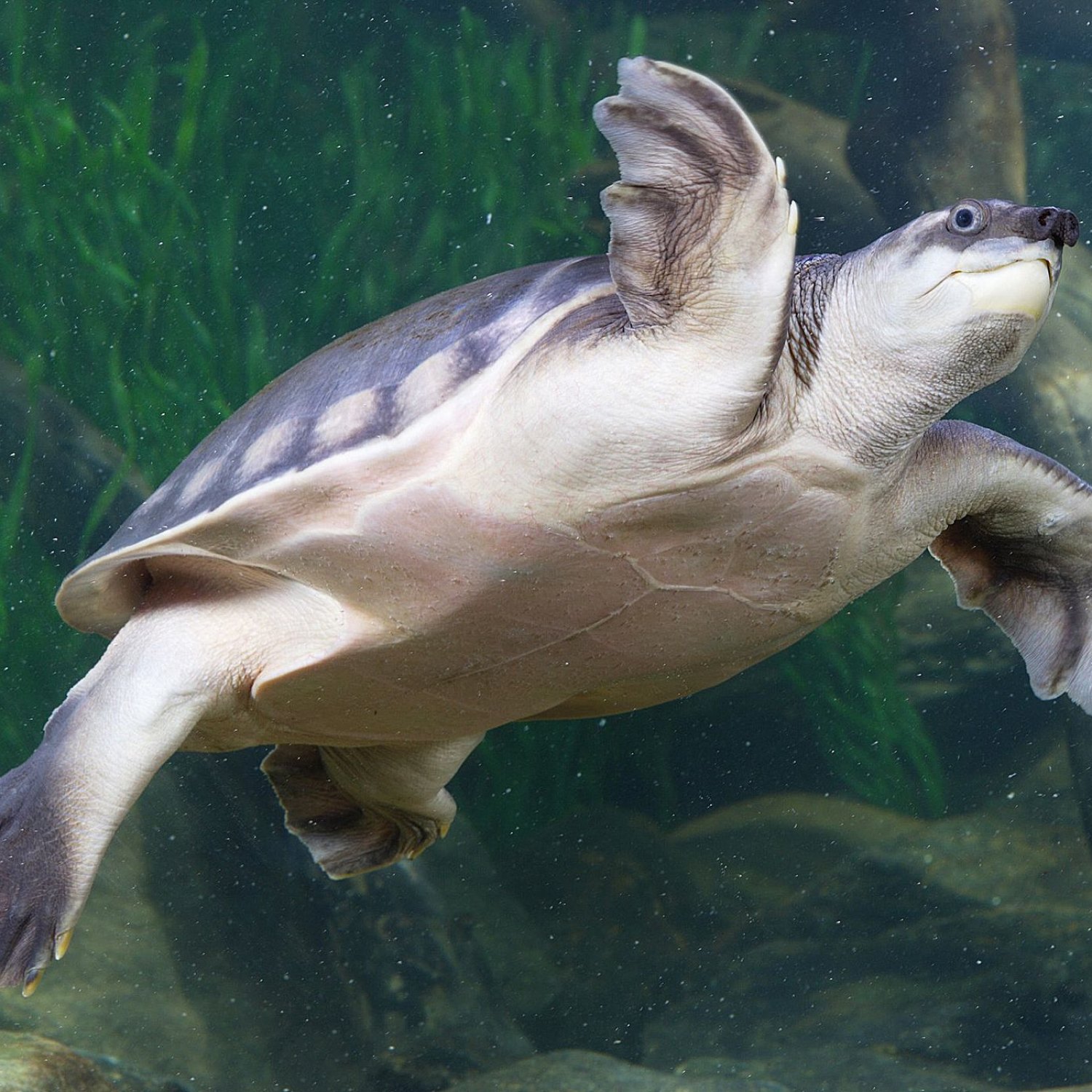
Pig Nosed Turtle
Up to 70 cm (27.5 inches)
The Pig Nosed Turtle is a unique species found in Northern Australia and southern New Guinea. With its distinct pig-like snout and flat oval-shaped shell, this turtle can grow up to 70 cm in length. Belonging to the Carettochelyidae family, it is an interesting addition to any freshwater turtle collection.
Animal Details Summary:
Common Name: Pig Nosed Turtle
Kingdom: Animalia
Habitat: Freshwater rivers, lakes, and swamps
Pig Nosed Turtle: The Fascinating Creature with a Unique Appearance
From the dense forests of northern Australia to the muddy swamps of southern New Guinea, the Pig Nosed Turtle can be found swimming in the clear waters of freshwater rivers and lakes. Also known as Carettochelys insculpta, this extraordinary creature is a member of the animal kingdom, phylum Chordata, and class Reptilia, and is the only surviving species in the family Carettochelyidae.With its distinct pig-like snout, flat oval-shaped shell, and olive-brown to black coloration, the Pig Nosed Turtle is a mesmerizing sight to behold. But there's more to this unique animal than its appearance Pig Nosed Turtle. In this article, we will dive deeper into the world of the Pig Nosed Turtle and explore its habitat, feeding habits, geographical distribution, and other fascinating features.
The Habitat of the Pig Nosed Turtle
The Pig Nosed Turtle is an aquatic creature that spends most of its life in freshwater habitats. It can be found in rivers, lakes, and swamps, but prefers shallow, slow-moving water with a soft, sandy bottom. This turtle is highly adaptable to its surroundings and can even survive in highly polluted waters.One of the most interesting things about the Pig Nosed Turtle is its ability to submerge and remain underwater for extended periods. Unlike other turtles, this species has a unique respiratory system that allows it to extract oxygen from the water, making it an excellent swimmer.
Feeding Habits: The Omnivorous Pig Nosed Turtle
The Pig Nosed Turtle is an omnivore, meaning it consumes both plants and animals. In the wild, it feeds on a variety of plants such as fruits, leaves, and aquatic vegetation. It also preys on small animals like fish, crustaceans, and insects Puss Moth. This adaptable feeding behavior allows the Pig Nosed Turtle to thrive in different habitats.But what makes the Pig Nosed Turtle's feeding habits truly unique is its method of capturing prey. This turtle has a highly sensitive snout that it uses to detect the vibrations of its prey in the water. Once it detects the vibration, it attacks with lightning-fast reflexes, making it an efficient hunter.
Geographical Distribution: Home to Northern Australia and Southern New Guinea
The natural habitat of the Pig Nosed Turtle is limited to the northern regions of Australia and the southern parts of New Guinea. In Australia, it is found in the freshwater rivers and lakes of the Cape York Peninsula, while in New Guinea, it can be spotted in the Sepik, Fly, and Baiyer rivers.The distribution of this species is tightly linked to the availability of suitable freshwater habitats. It is believed that the Pig Nosed Turtle's range once extended to other areas, but habitat loss and degradation have significantly restricted its distribution.
The Pig Nosed Turtle: A Treasure of Australia and New Guinea
The Pig Nosed Turtle is considered a treasure by the people of Australia and New Guinea. In Australia, it is protected by law, and it is illegal to capture or harm this species in any way. The Australian government has also included the Pig Nosed Turtle in its list of vulnerable species, highlighting the need for conservation efforts.In New Guinea, the Pig Nosed Turtle is a highly valued animal and is seen as a symbol of prosperity and longevity. The locals believe that the sound of the turtle's cry brings good fortune, and its shell is often used in traditional ceremonies and rituals.
Aquatic Beauty: The Olive-Brown to Black Coloration of the Pig Nosed Turtle
With its olive-brown to black coloration, the Pig Nosed Turtle blends perfectly into its surroundings. This coloration helps it stay hidden from predators and also aids in hunting prey. The shell of the Pig Nosed Turtle is also unique, with a flat, oval shape and a smooth surface. This feature enables the turtle to move with ease through shallow, sandy water.Additionally, the Pig Nosed Turtle's shell is relatively thin compared to other turtles, which helps it dive in deeper waters. The shell also has a distinct keel, which runs down the center, giving it more strength and stability.
The Mighty and Majestic: The Size and Body Shape of the Pig Nosed Turtle
The Pig Nosed Turtle is the largest freshwater turtle in the world, with a length of up to 70 cm or 27.5 inches. This impressive size is the result of a unique body shape that is characterized by a wide, flattened shell and a muscular body. The turtle's hind limbs are paddle-like, which aids in swimming, while the front legs are strong and used for digging and walking on land.Moreover, the Pig Nosed Turtle's snout is another aspect that makes it stand out. With its pig-like shape, this turtle has a sharp and powerful edge, which it uses to forage and dig for food in the soft, sandy bottom of its habitat.
Natural Wonders: The Pig Nosed Turtle's Reproduction and Lifespan
The Pig Nosed Turtle reaches sexual maturity at around 20 years of age and has a relatively long lifespan of up to 50 years. Unlike other turtles, this species does not lay eggs. Instead, the female Pig Nosed Turtle gives birth to live young in shallow nests, which she carefully constructs using her hind limbs.The gestation period of this species is approximately five months, and the female turtle can give birth to up to 30 hatchlings at a time. The hatchlings are fully formed and are ready to survive in the wild from the moment they are born.
Conclusion
The Pig Nosed Turtle is truly a remarkable creature with its distinctive appearance, adaptable habits, and natural wonders. Its unique features and behavior make it stand out among other turtles, and it continues to captivate the hearts of people around the world.However, the Pig Nosed Turtle faces many threats, including habitat loss, pollution, and overharvesting, making it a vulnerable species. It is up to us to protect and preserve this fantastic creature and ensure that future generations can continue to witness its extraordinary existence in the wild.

Pig Nosed Turtle
Animal Details Pig Nosed Turtle - Scientific Name: Carettochelys insculpta
- Category: Animals P
- Scientific Name: Carettochelys insculpta
- Common Name: Pig Nosed Turtle
- Kingdom: Animalia
- Phylum: Chordata
- Class: Reptilia
- Order: Testudines
- Family: Carettochelyidae
- Habitat: Freshwater rivers, lakes, and swamps
- Feeding Method: Omnivorous
- Geographical Distribution: Northern Australia and southern New Guinea
- Country of Origin: Australia and New Guinea
- Location: Northern Australia and southern New Guinea
- Animal Coloration: Olive-brown to black
- Body Shape: Flat oval-shaped shell with a distinct pig-like snout
- Length: Up to 70 cm (27.5 inches)
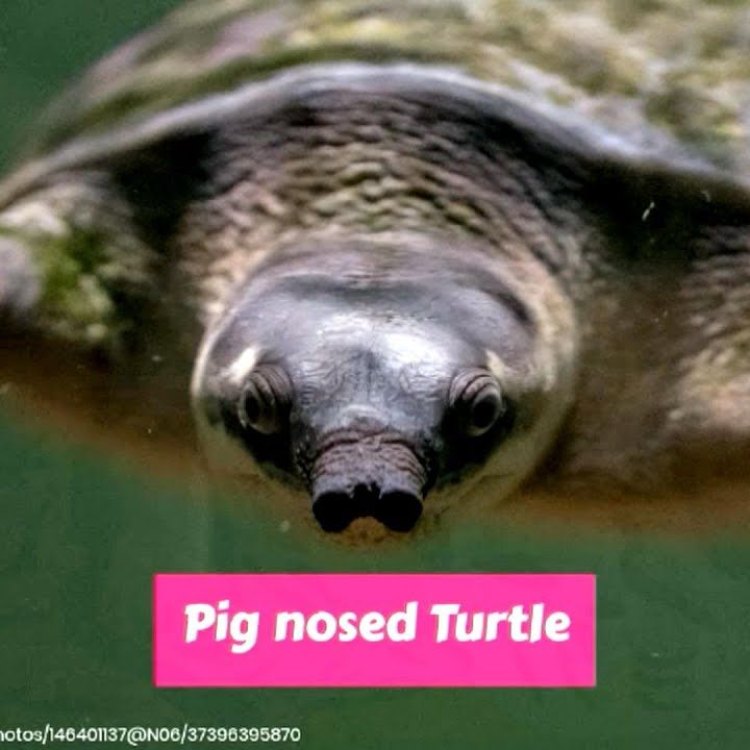
Pig Nosed Turtle
- Adult Size: Around 60 cm (23.6 inches)
- Average Lifespan: Up to 50 years
- Reproduction: Oviparous
- Reproductive Behavior: Mating occurs in water
- Sound or Call: The pig-nosed turtle is not known to produce any specific sound or call.
- Migration Pattern: Not known to migrate
- Social Groups: Solitary
- Behavior: Mainly active during the day
- Threats: Habitat loss, hunting for meat and eggs
- Conservation Status: Endangered
- Impact on Ecosystem: Pig-nosed turtles play an important role in maintaining the balance of freshwater ecosystems.
- Human Use: Hunted for its meat and eggs
- Distinctive Features: Pig-like snout and a shell with a flat, oval shape
- Interesting Facts: The pig-nosed turtle is the only surviving member of its family, Carettochelyidae.
- Predator: Crocodiles and large fish
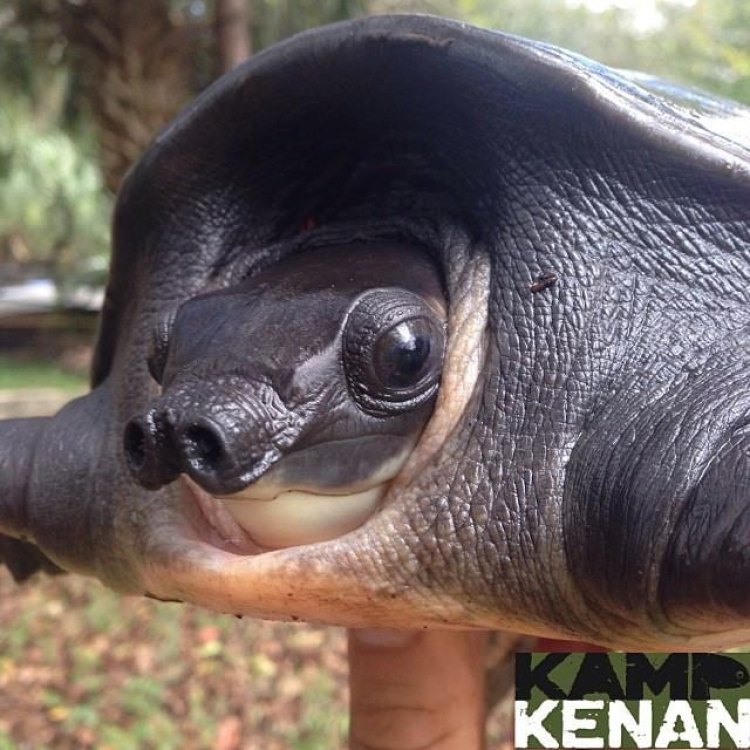
Carettochelys insculpta
The Unique and Endangered Pig-Nosed Turtle: A Fascinating Creature of the Freshwater
The world is full of amazing and fascinating creatures, each with its own unique features and behaviors. In the depths of freshwater ecosystems, one such creature can be found: the pig-nosed turtle, also known as the fly river turtle or the pig-nosed terrapin. This elusive and endangered species has been capturing the curiosity and imagination of researchers and nature lovers for decades. In this article, we will delve into the intriguing and one-of-a-kind features of the pig-nosed turtle and the importance of its conservation PeaceOfAnimals.Com.The pig-nosed turtle, scientifically known as Carettochelys insculpta, is a freshwater turtle found only in the northern rivers and lakes of Australia and southern rivers of New Guinea. It is considered a relic species, meaning it is the only surviving member of its family, Carettochelyidae, with no known close relatives. This makes the pig-nosed turtle a truly unique and special creature from an evolutionary standpoint.
One glance at this turtle and it is easy to see why it earned its name. Its distinctive feature is its broad and flat, pig-like snout, which sets it apart from any other freshwater turtle. This snout is covered with sensitive papillae, or small bumps, that give it a remarkable sense of touch and help it to locate its food in murky waters. These sensitive papillae, along with its flexible neck, also aid in detecting potential predators, allowing the pig-nosed turtle to quickly retreat into the safety of its shell.
Speaking of its shell, the pig-nosed turtle's carapace, or top shell, is also quite remarkable. While most freshwater turtles have a dome-shaped or round carapace, the pig-nosed turtle's shell is flat and oval-shaped Piranha. This unique feature makes it easier for the turtle to navigate through the water and allows it to dive and swim more efficiently. The shell is also dark brown in color, helping it to blend in with its muddy river habitats.
The pig-nosed turtle has a large, bulky body that can grow up to an impressive 60 cm (23.6 inches) in length. This makes it one of the largest freshwater turtles in the world. Its size and strong, dark-colored limbs allow it to move and swim quickly through the water, despite its bulky appearance.
Like most turtles, the pig-nosed turtle is an oviparous species, meaning it lays eggs. These eggs are laid in a shallow nest dug by the female turtle in sandy or muddy river banks. Interestingly, the female pig-nosed turtle can lay a large number of eggs, with a single clutch ranging from 22 to 37 eggs. These eggs take around 60 days to hatch, and the hatchlings are entirely independent from the moment they emerge from their shells.
Reproduction in pig-nosed turtles is a unique process, as it occurs exclusively in water. Mating takes place in the water, where the male turtle will use its long and strong front claws to grip onto the female's shell during copulation. The female will then swim to the surface to take a breath while still being held by the male. This process can last for hours and is crucial for successful reproduction.
While mating rituals and courtship behaviors have not been extensively studied in pig-nosed turtles, it is known that they are solitary animals. They do not form social groups or have any known social behaviors. They are mainly active during the day, basking in the sun and foraging for food in the water. However, little is known about their behaviors at night, as they are not frequently observed during this time.
One interesting fact about the pig-nosed turtle is that it is not known to produce any specific sound or call. This could be due to the fact that it is a solitary animal or that it does not exhibit any social behaviors. However, its unique snout and sensitive papillae suggest that it may use non-verbal communication methods such as touch and vibration to communicate with other turtles.
As with many other species around the world, the pig-nosed turtle is facing multiple threats in its natural habitat. The first and foremost threat is habitat loss due to deforestation and human development. The rivers and lakes in which this species calls home are also subject to pollution and water quality degradation, which can have serious consequences on their survival. Additionally, pig-nosed turtles are hunted for their meat and eggs, as they are considered a delicacy in some cultures. This combination of threats has led the pig-nosed turtle to be classified as an endangered species on the International Union for Conservation of Nature (IUCN) Red List.
The pig-nosed turtle's conservation status may be worrisome, but its impact on the ecosystem is immeasurable. These turtles play an important role in maintaining the balance of freshwater ecosystems. As omnivores, they feed on aquatic plants, insects, and small fish, helping to control population levels and ensure the survival of other species. They also serve as prey for larger animals like crocodiles and large fish, further contributing to the balance of the food chain in freshwater habitats.
The human use of pig-nosed turtles for food also has a significant impact on their population. Their meat is considered a delicacy and can fetch high prices in some regions, leading to overhunting. Additionally, their eggs are also consumed, further contributing to their decline. This not only impacts the turtle population but also disrupts the balance of the ecosystem, causing a ripple effect on other species.
In an effort to conserve this endangered species, various conservation and research efforts have been put in place. The Australian government has strict laws and regulations in place to protect the pig-nosed turtle and its habitat. Several research studies have also been conducted to better understand the behavior and biology of this elusive species. These studies have helped to shed light on the importance of protecting this unique and valuable creature.
In conclusion, the pig-nosed turtle is a truly remarkable and one-of-a-kind creature found in the freshwater ecosystems of northern Australia and southern New Guinea. With its distinctive features, solitary behavior, and important role in maintaining the balance of the ecosystem, this turtle stands out among its peers. However, the pig-nosed turtle is also facing multiple threats that have led to its endangered status. It is vital for us, as responsible inhabitants of this planet, to take action and protect this fascinating and valuable species to ensure its survival for future generations to marvel at.
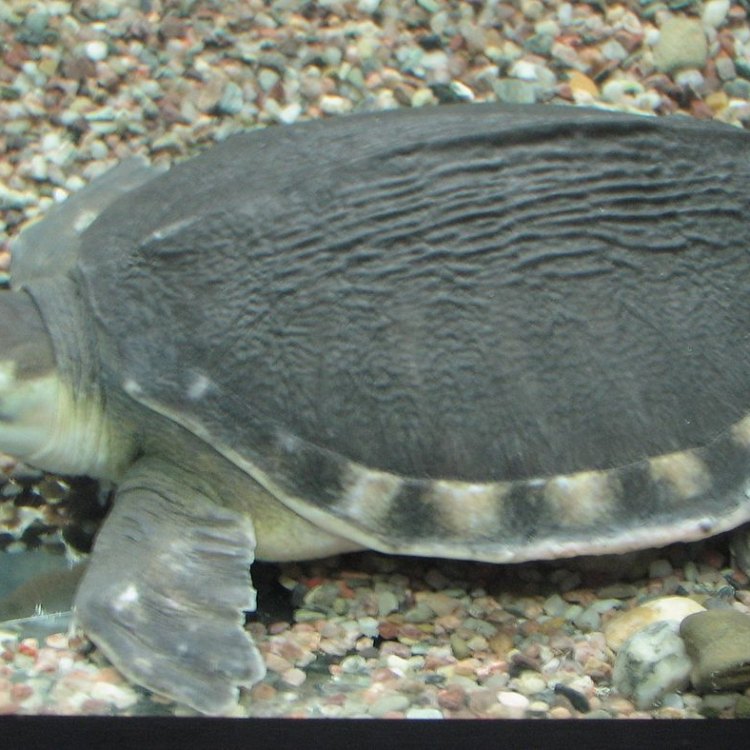
Pig Nosed Turtle: The Fascinating Creature with a Unique Appearance
Disclaimer: The content provided is for informational purposes only. We cannot guarantee the accuracy of the information on this page 100%. All information provided here may change without prior notice.

